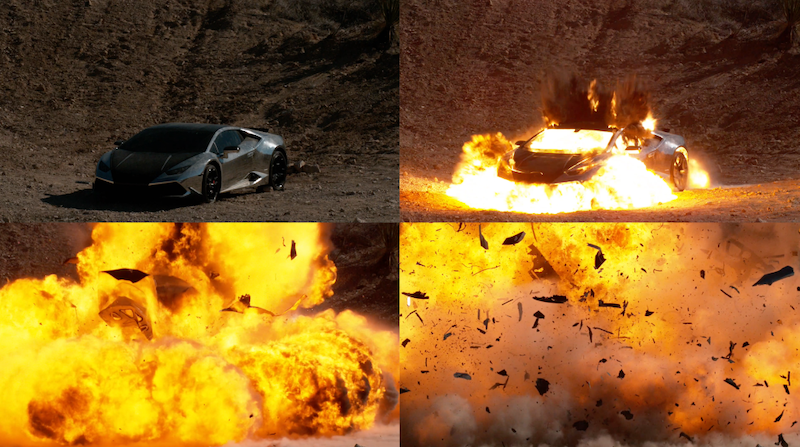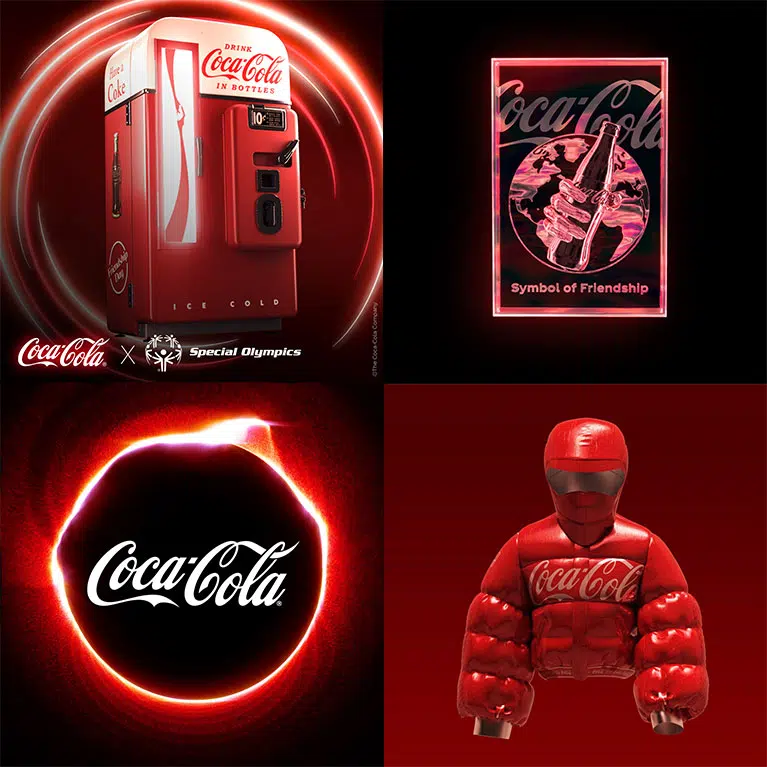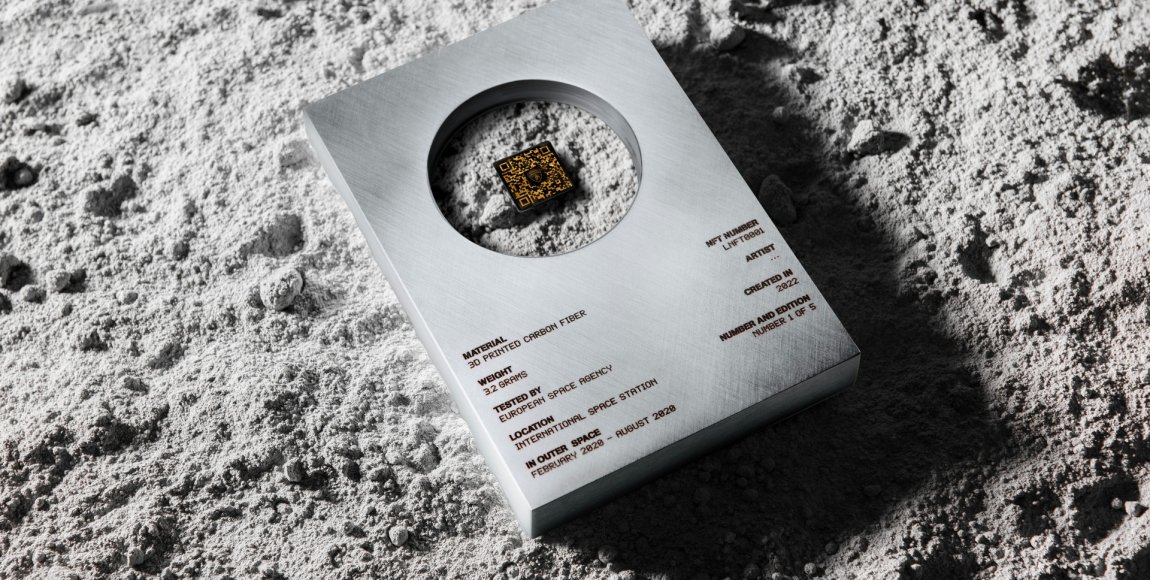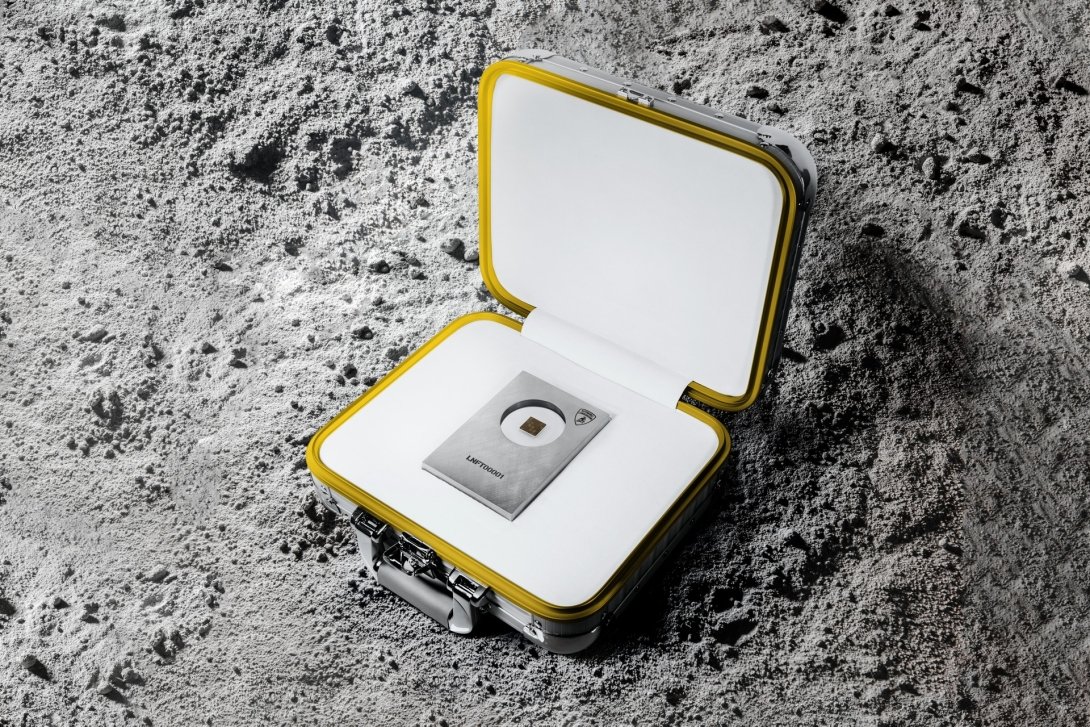
Text: Marina Alvitr
Lamborghini: from car explosion to space flight
Artist Shl0ms bought a Lamborghini and blew it up to sell pieces of the video as NFT. This is exactly an art project that asks a question about both modern culture and NFT culture. What's the idea? Destruction, according to the artist, is part of the process of creation, here Ai Weiwei, who breaks the bowl of the Ming Dynasty, and Dadaist practices of playing the piano, after which nothing remains of him, and the already well-known trick of Banksy. And the Lamborghini explosion is quite a worthy continuation: the car has become a symbol of Web3 culture, starting with jokes: "When will you become rich to buy a Lamborghini?", ending with the fact that a respected crypto trader just needs to buy this car as a sign of his professionalism. "You are what you consume, not what you do," the voice-over tells us. The result: a cult project for the critical community.

The Lamborghini itself also decided to participate in the creation of NFT and join the culture. However, through the creation and use of new technologies and new opportunities. 5 parts of the car went into space, where they spent some time there, and then returned and were sealed in special boxes. 5 unique NFTs make it possible to own these parts of the car. It's very expensive. Those who are not ready to spend so much can buy unlimited NFTs with the image of a car in space worth about $200. NFT comes out once a week, whoever collects 3 - will get another rare NFT, it can be put into a special puzzle. And the one who buys a pack of tickets will get... respect and success in the community.
A unique experience for $150,000
VISA bought itself an NFT with Cryptopunk for $150K. The logical question is: why does the payment system need a punk? The answer is in their press release: now Visa has learned how to buy and store NFT and can help its customers with this. Punk was presented as an advantage of the payment system over competitors and, of course, this is a step towards communication with the younger generation. "We are like you, we have punk! We understand and accept your culture and you can deal with us," this is about the meaning of this purchase.
Charity or competent PR?
Coca-Cola created and sold 4 unique NFTs to raise funds at the International Friendship Day charity auction. In total, they earned $575K. And they also told the story of the brand through NFT with the image of a vintage cooler or a jacket with bubbles, artworks from the 50s. "Coca-Cola fans expect the same optimistic and joyful experience in the digital world," says the brand director. It’s clear that this thing is one of the company's PR options for a young audience, but everyone is happy that charity and benefits for society are possible through NFT. By the way, many brands and digital projects use such a move today. Buy a digital asset and help real people.

Keeping up with TIME
Time magazine, of course, couldn’t stay away from the release of its own NFT collection. In general, the media brand has supported all digital technologies: cryptocurrencies, NFT, and the metaverse. The main message of the magazine is not to be afraid and not to shut down from technology while corporate giants are developing new programs and ways to implement them, but to study, participate and influence the development of our society and the future through literacy in this matter.
TIME approached the NFT project from a curatorial point of view. TimePieces is a project that brings together artists from all over the world. The selection was handled by Creative director D.W.Pine. "The Genesis collection" - 40 artists, and members of the NFT community. "Layers of Time" - works that are inspired by hundreds of years of the existence of the magazine itself.
The Time magazine project is a delicate work of combining contemporary art culture, NFT communities, and its culture, as well as the …


